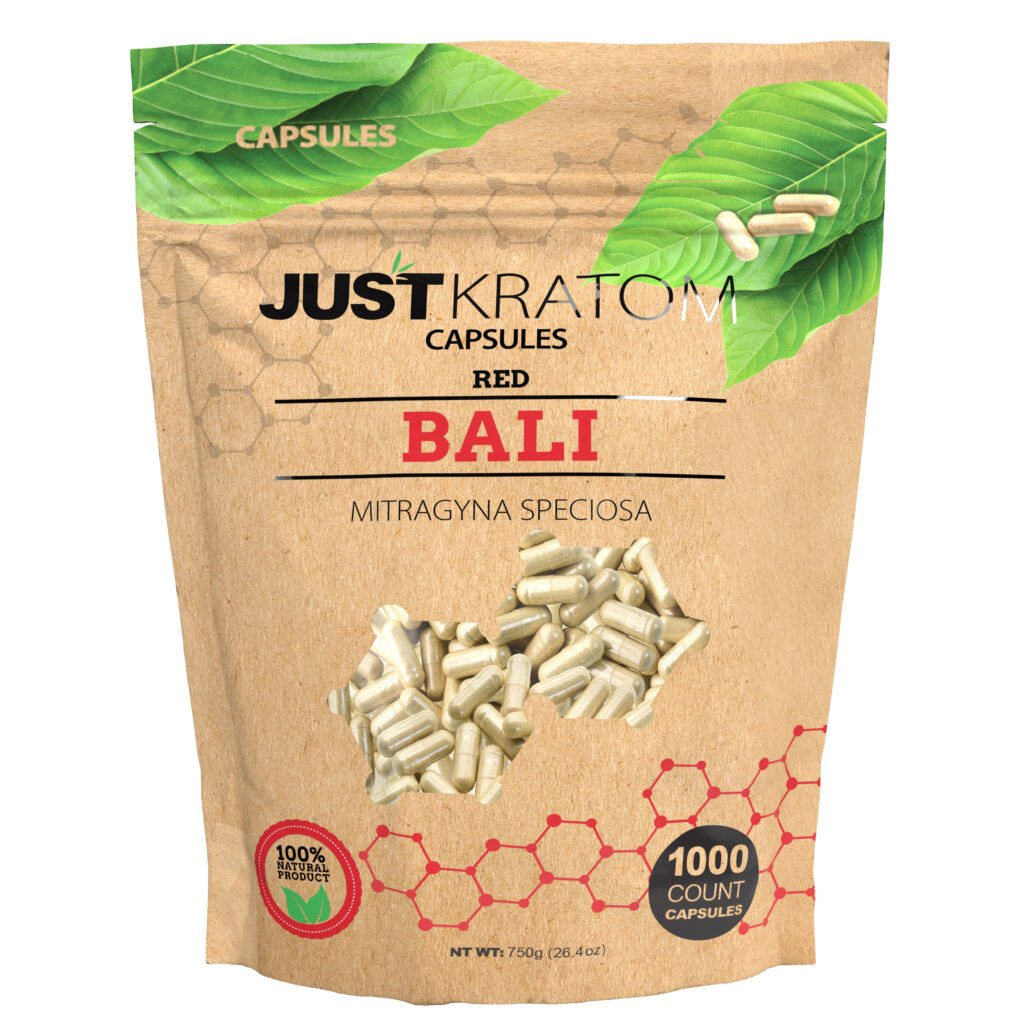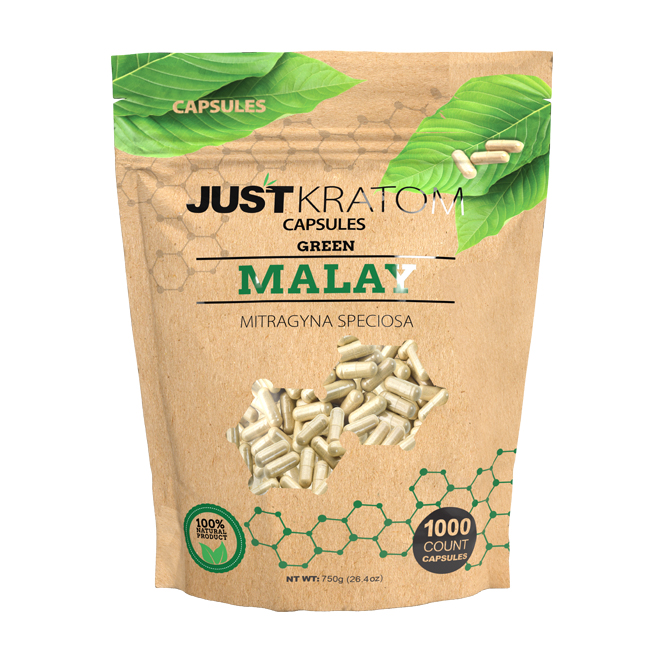Benefits of Kratom for Workout Recovery

After an intense workout, your muscles ache, fatigue sets in, and recovery feels like a distant dream. But what if there was a natural way to soothe those aches, reduce inflammation, and accelerate your body’s healing process? Kratom, an herb gaining popularity for its potential health benefits, has emerged as a possible solution for post-workout recovery.
Muscle Soreness Reduction
Kratom contains compounds believed to have analgesic (pain-relieving) and anti-inflammatory properties. These effects may contribute to reduced muscle soreness and discomfort after strenuous exercise. Some users report that kratom helps alleviate the fatigue commonly experienced after workouts, allowing them to recover faster and feel energized sooner.

While anecdotal evidence suggests kratom can be beneficial for workout recovery, scientific research on this specific application is limited. More studies are needed to fully understand the mechanisms behind its potential effects and determine optimal dosages for post-workout use.
Pain Management
Kratom’s proponents suggest it can be a valuable tool for managing pain and inflammation associated with exercise. The analgesic and anti-inflammatory properties attributed to kratom compounds may help alleviate muscle soreness, stiffness, and discomfort experienced after workouts. Users often report reduced fatigue and improved recovery times when using kratom post-exercise.
It’s important to note that scientific research specifically examining kratom’s effects on workout recovery is still limited. More rigorous studies are needed to confirm these benefits and determine safe and effective dosages for this purpose.
Energy Boost
Kratom is a herb that has gained attention for its potential health benefits, including its possible role in post-workout recovery.
Some users report experiencing the following benefits from using kratom after workouts:
- Reduced muscle soreness and discomfort
- Alleviation of fatigue
- Improved recovery times
Potential Risks and Side Effects
While kratom shows promise for post-workout recovery, it’s essential to be aware of potential risks and side effects. Kratom can interact with certain medications and may cause adverse effects such as nausea, constipation, dizziness, and anxiety. Long-term use and high doses can lead to more serious health issues, including liver damage and dependence.
Addiction Potential
Kratom’s potential benefits for post-workout recovery should be weighed against possible risks and side effects. Like any substance, kratom can have adverse effects, particularly with misuse or prolonged use.
Potential risks and side effects associated with kratom include:
- Nausea
- Constipation
- Dizziness
- Anxiety
- Liver damage (with long-term, high-dose use)
- Dependence and addiction potential
It’s crucial to consult with a healthcare professional before using kratom, especially if you have pre-existing health conditions or are taking medications.
Gastrointestinal Issues
Kratom can interact with certain medications and may cause adverse effects such as nausea, constipation, dizziness, and anxiety. Long-term use and high doses can lead to more serious health issues, including liver damage and dependence.
Potential risks and side effects associated with kratom include:
- Nausea
- Constipation
- Dizziness
- Anxiety
- Liver damage (with long-term, high-dose use)
- Dependence and addiction potential
Interactions with Medications
While kratom shows promise for post-workout recovery, it’s essential to be aware of potential risks and side effects. Kratom can interact with certain medications and may cause adverse effects such as nausea, constipation, dizziness, and anxiety.
Potential risks and side effects associated with kratom include:
- Nausea
- Constipation
- Dizziness
- Anxiety
- Liver damage (with long-term, high-dose use)
- Dependence and addiction potential
Scientific Evidence and Research
Scientific evidence plays a crucial role in determining the safety and efficacy of any substance, including herbs like kratom. While anecdotal reports suggest potential benefits of kratom for post-workout recovery, robust scientific research is necessary to confirm these claims.
Limited Human Studies
Despite growing interest in its potential benefits, scientific evidence specifically supporting kratom’s use for post-workout recovery is limited. Most studies on kratom have focused on its effects on pain management, opioid withdrawal symptoms, and other health conditions.
The existing research on kratom and exercise recovery primarily relies on anecdotal reports from users. These reports suggest possible benefits such as reduced muscle soreness, fatigue relief, and improved recovery times. However, without controlled clinical trials involving a large sample size, it’s difficult to draw definitive conclusions about kratom’s effectiveness in this context.
To fully understand the potential benefits and risks associated with kratom for post-workout recovery, more rigorous scientific research is needed. This includes well-designed studies that investigate optimal dosages, long-term effects, and any potential interactions with medications or pre-existing health conditions.
Animal Studies
Animal studies can provide valuable insights into the biological mechanisms of a substance’s action and its potential effects on the body. In the context of kratom and post-workout recovery, animal studies could investigate how kratom compounds interact with muscle tissue, inflammation pathways, and pain receptors.
These studies might involve examining the effects of kratom administration on muscle soreness, fatigue levels, and recovery time in animal models subjected to exercise. While animal research cannot directly translate to human responses, it can generate hypotheses and provide a foundation for further investigations in humans.
Ethical considerations are paramount in animal research. Strict guidelines and regulations ensure that animal welfare is prioritized and that studies are conducted responsibly.
Mechanism of Action
Scientific evidence forms the bedrock of understanding the safety and effectiveness of any substance, including kratom. While anecdotal accounts suggest potential benefits of kratom for post-workout recovery, robust scientific research is paramount to confirm these claims.
To date, most studies on kratom have centered around its effects on pain management, opioid withdrawal symptoms, and other health conditions. Research specifically focused on kratom’s impact on exercise recovery is limited.
Existing research primarily relies on anecdotal reports from users who claim benefits such as reduced muscle soreness, fatigue relief, and faster recovery times. However, without controlled clinical trials involving a substantial sample size, definitive conclusions about kratom’s efficacy in this context are elusive.
To fully elucidate the potential benefits and risks associated with kratom for post-workout recovery, rigorous scientific research is essential. This entails well-designed studies that investigate optimal dosages, long-term effects, and any potential interactions with medications or pre-existing health conditions.
Dosage and Usage Recommendations
Dosage and usage recommendations for kratom can vary depending on individual factors such as body weight, metabolism, and desired effects. It’s crucial to start with a low dose and gradually increase it as needed, always staying within recommended guidelines.
Typical Dosages
Dosage and usage recommendations for kratom can vary depending on individual factors such as body weight, metabolism, and desired effects. It’s crucial to start with a low dose and gradually increase it as needed, always staying within recommended guidelines.
Typical dosages for post-workout recovery are not well-established due to limited scientific research in this specific area.
It is important to consult with a healthcare professional or experienced practitioner who is knowledgeable about kratom to determine an appropriate dosage tailored to your individual needs and circumstances.
Timing for Optimal Benefits
Dosage and usage recommendations for kratom can vary depending on individual factors such as body weight, metabolism, and desired effects. It’s crucial to start with a low dose and gradually increase it as needed, always staying within recommended guidelines.
Typical dosages for post-workout recovery are not well-established due to limited scientific research in this specific area.
It is important to consult with a healthcare professional or experienced practitioner who is knowledgeable about kratom to determine an appropriate dosage tailored to your individual needs and circumstances.
Factors Influencing Dosage
Dosage and usage recommendations for kratom can vary depending on individual factors such as body weight, metabolism, and desired effects. It’s crucial to start with a low dose and gradually increase it as needed, always staying within recommended guidelines.
Typical dosages for post-workout recovery are not well-established due to limited scientific research in this specific area.
It is important to consult with a healthcare professional or experienced practitioner who is knowledgeable about kratom to determine an appropriate dosage tailored to your individual needs and circumstances.
Factors influencing dosage include body weight, metabolism, the desired effect (pain relief, fatigue reduction), and individual sensitivity to kratom’s effects.
Legal Status and Regulations
The legal status of kratom varies significantly around the world. In some countries, it is completely banned, while in others, it is legal with certain restrictions or regulations. The United States federal government currently does not classify kratom as a Schedule I drug, meaning it is not explicitly illegal at the federal level. However, individual states may have their own laws regarding kratom possession and sale.
Varying Legality across Regions
The legal status of kratom varies significantly around the world.
- In some countries, it is completely banned.
- In others, it is legal with certain restrictions or regulations.
The United States federal government currently does not classify kratom as a Schedule I drug, meaning it is not explicitly illegal at the federal level.
- However, individual states may have their own laws regarding kratom possession and sale.
Potential for Legal Restrictions
The legal status of kratom varies greatly from place to place. Some countries have outright bans on the substance, while others permit its use with specific regulations or restrictions.
In the United States, kratom’s legal standing is complex. While it is not currently classified as a Schedule I drug at the federal level, meaning it isn’t explicitly illegal nationwide, individual states have the authority to enact their own laws regarding kratom. This means that possession, sale, or use of kratom may be legal in one state but prohibited in another.
Due to this patchwork of regulations, it is crucial for individuals considering using kratom to thoroughly research the specific laws in their jurisdiction to ensure compliance.
Get Kratom capsules for stress management
- What Is The Safest Filler For Tear Trough? - June 6, 2025
- What Are The Key Ingredients In Bum Filler Injections? - June 4, 2025
- Nu-Derm Skin System Near Egham, Surrey - June 4, 2025